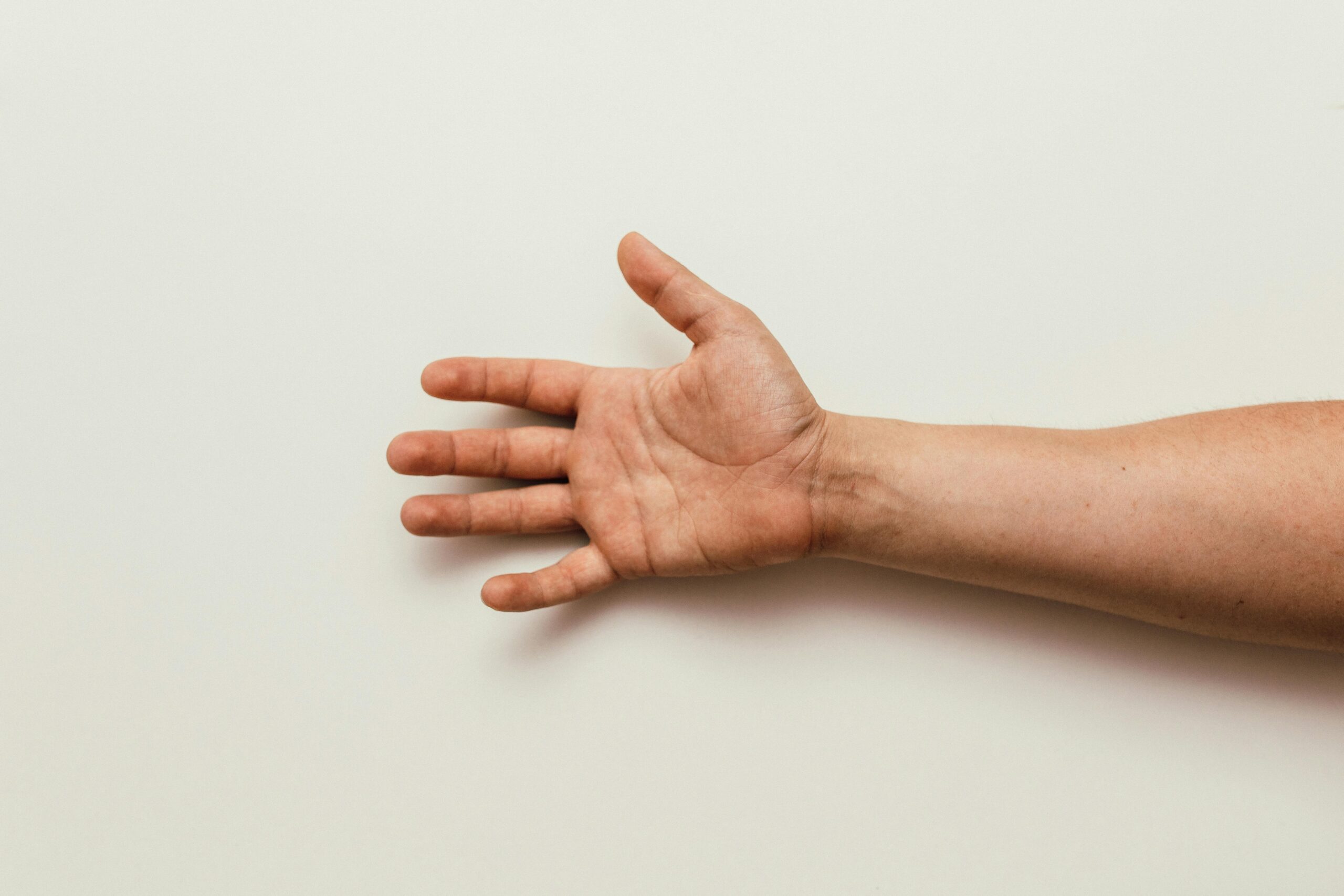
Joint stability is a crucial aspect of our overall physical well-being, affecting everything from our fingers to our elbows. Understanding the three key factors that contribute to joint stability can help us maintain our health and improve our performance in various activities. Dr. Keith Raskin recently sat down with the Paley Institute to dive into joint stability and how it can affect your day-to-day life.
Skeletal Support: The Foundation of Stability
Our skeleton provides the primary stability for our joints. The ends of our bones are designed with corresponding surfaces—one convex and one concave—that fit together like puzzle pieces, offering inherent stability to our joints.
However, as we age, our bones and joints may start to show signs of wear and tear. Even before arthritis sets in, the edges of our bones, particularly at the joints, can begin to change shape. This pre-arthritic condition can lead to reduced joint stability.
Ligaments: The Secondary Stabilizers
Ligaments connect bones to other bones, providing additional stability to our joints. They act as secondary stabilizers, reinforcing the structural support of our skeleton.
The challenge with ligaments is that they cannot be strengthened through exercise. Once a ligament is injured, reduced stability may lead to ongoing joint problems.
Tendons: The Dynamic Stabilizers
Tendons connect muscles to bones and serve as tertiary stabilizers. Unlike ligaments, tendons offer hope for improvement because they’re connected to muscles, which can be strengthened.
As muscles become stronger, the attached tendons become tauter, much like a water ski rope becomes tighter as the boat accelerates. This increased tension provides additional stability to the joint.
Optimizing Stability for an Active Lifestyle
Understanding these factors is crucial for athletes and active individuals to maintain performance and prevent injuries. Simply participating in a sport (golf, pickleball, tennis, etc.) is great exercise. However, sport-specific activities often don’t provide the comprehensive conditioning needed for optimal joint stability.
To enhance joint stability and improve athletic performance, consider:
- Strength Training: Engage in exercises that target the muscles around your joints. This will help tighten the tendons and increase overall stability.
- Flexibility Work: As we age, we tend to lose flexibility. Incorporate stretching exercises to maintain and improve your range of motion.
- Conditioning: Develop a well-rounded fitness routine that goes beyond your specific sport.
- Professional Guidance: Work with trainers, occupational therapists, or physical therapists to develop a targeted exercise program.
- Holistic Approach: Don’t underestimate the impact of a balanced diet, proper hydration, and adequate sleep in maintaining your overall health and joint stability.
By focusing on these aspects, you can enhance your joint stability, potentially reduce the risk of injuries, and extend your ability to participate in your favorite activities for years to come.
The key to longevity in sports and active lifestyles lies not just in playing your chosen activity but in the comprehensive care and conditioning of your body off the field or court. By understanding and optimizing the three pillars of joint stability, you’re investing in your long-term physical health and athletic performance.
If you are experiencing joint instability or pain, reach out and schedule an appointment today.
